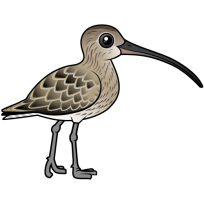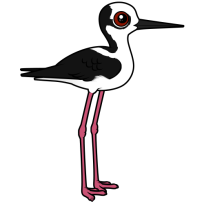Discovering Oystercatchers: Fun Facts and Features

We recently added two new species of oystercatcher to Birdorable: the Black Oystercatcher and the Eurasian Oystercatcher. These join our updated American Oystercatcher. Oystercatchers are a fascinating family of conspicuous, large shorebirds, boasting several intriguing characteristics and a wide range of species. Here are some captivating... Read more »






















